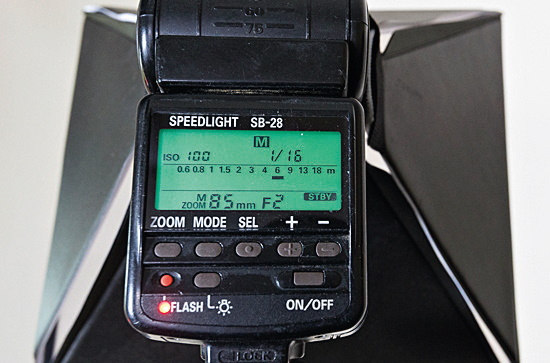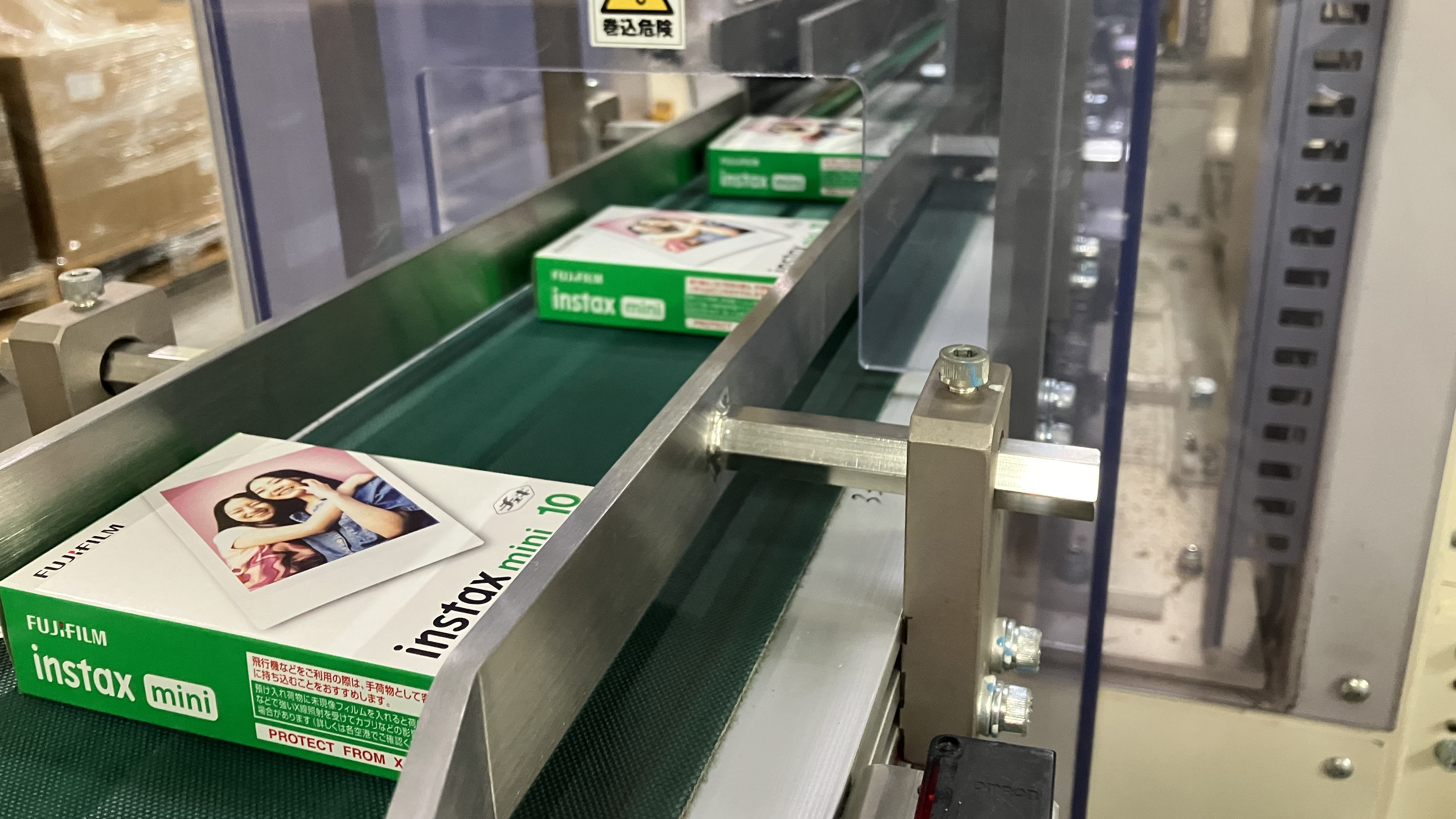How to take a passport photo
Learn how to take a passport photo, plus great head-and-shoulders shots
Watch video: How to take a passport photo
Learning how to take a passport photo at home can save you both money and time, since a hastily snapped shot in a photo booth can often fall foul of the strict rules and requirements that passport authorities and governments demand.
Of course, we're really talking about how to master head-and-shoulders shots that can be used in dozens of ways – attached to online profiles, resumes and CVs, used in presentations and websites, and of course the all important social media channels and even dating apps!
When it comes to these kind of shots, remember that you should use a pose and lighting setup that suits the medium and purpose for which the photograph is going to be used.
Taking control of the lighting is the key to taking successful portraits. This control also enables you to produce shots in a similar style time after time. We’ll demonstrate how to use a simple speedlight plus some simple flashgun modifiers, to get a passport image that will get official approval.
Passport regulations
Image requirements vary slightly according to your country, but there are some basic elements that apply to most passport images.
The subject should be evenly lit, taken against a plain background, without any harsh shadows or reflections on glasses (although some countries specify that glasses should be removed entirely), the subject should have a blank expression (no smiling, for example) and they should be face-on to the camera.
The best camera deals, reviews, product advice, and unmissable photography news, direct to your inbox!
Passport photos should be printed on photographic paper, so it’s best to get them printed at a photo lab rather than do it at home on your inkjet printer.
There are also rules about the size of the overall image and maximum or minimum size of the head within the image. For the UK they need to be 45x35mm, and the head needs to be between 29 and 34mm high. In the USA the image needs to be 2x2in (51x51mm), with the head between 25 and 35mm high.
For more information about UK passport pictures go to the UK government passport site while for the United States consult the photo requirements from the US Department of State.
Get ready to shoot
1. Camera settings

Set the lowest ISO. In manual exposure mode set the fastest shutter speed that will work with your triggers. Set the aperture to f/5.6 and take a test shot. If you can’t see the subject, move on. If you can see the subject clearly, reduce the aperture.
2 Soften the flash

To reduce harsh shadows from the fl ash, use a softbox or umbrella. The larger the apparent size of the light source to the subject, the softer the light will be. We used an 8x9-inch LumiQuest Softbox III, which costs around £38 / $42.
• Read more: The best flash diffusers, softboxes and modifiers for your speedlight
3. Position the flash

Even with the softbox in place, you need to position the flash close to the subject in order to get the softest results. This should be around two feet (60cm) from the subject, slightly above their eyeline and to one side.
4. Set the flash power

Once the flash is in position you need to set the power level. With the flash close to the subject start by setting a low power, such as 1/16, take a test shot and then adjust it until the main subject is correctly exposed.
Setup 1: Passport shots

Forget about creative lighting for passport shots; all you need is shadowless light. The easiest way to do this, if you have a white ceiling, is to fit the flash to the hotshoe of your camera and then, rather than direct it at the subject, move the head into an upright position. If your flash has a built-in bounce card you can twist the head around and use this bounce card to prevent the light reaching the subject directly. Finally, you can also get the model to hold a reflector under their chin to prevent any shadows.
Setup 2: One flash

Firing a flash directly at the subject produces harsh light, so the first step is to soften this. One of the simplest ways to do it is to use a small softbox, but most of these are only around 30cm wide, so you need to position the flash as close to the subject as possible. The other key accessory is a reflector (either a piece of white card or a ready-made reflector), which you should position on the opposite side to the flash to bounce light back into the shadow areas.
Setup 3: Two flashes

Adding a second flash to your lighting set-up gives you extra options. Position your main light first to determine the light on the subject, and then you can introduce a second flash to give more lighting options. You can also use your second flash as a background light – position the flash behind the subject to produce a pool of light on the background around the subject; attach a piece of black card to the flash to create a funnel or ‘snoot’.
Setup 4: Informal looks

While face-on shots are great for formal or professional uses, here’s a simple way to get a more casual-looking shot. Find a white or neutral-colored wall, get your model to lean against it, and then shoot along the wall to give the image a sense of depth and space. You can use a single flash, again with a softbox or umbrella attached, positioned to one side of the model. You’ll find that the wall will act as a reflector to lighten the shadows on their face, so you don’t even need any extra gear.
Read more:
Photography tips and techniques videos
The best flash triggers
Gobo lighting: tips for dramatic portraits and film noir photography
Studio portrait lighting: essential tips and setups explained
Bounce flash: tips to achieve natural lighting with a flashgun
I’ve been interested in the art and craft of photography since I pestered my parents to buy me a ‘proper’ camera aged about 10. Armed with my new Zorki 4k camera, I set out on a photographic journey that continues to this day.
I learned the ‘nuts and bolts’ of the craft by doing a photographic degree at the University of Westminster, and have been involved in the photographic industry since then. For the last 12 years I have combined taking photos with writing articles and features for some of the UKs best-selling photographic magazines, including Practical Photography, Digital Camera and N-Photo. During this time I have also had two photography books published by Rotovision, on color and composition, and spent three years as a professional car photographer, working for evo magazine.
All of this means that I have experience of shooting almost every type of subject, but I always come back to my first love – landscapes (and particularly the British landscape. I know live in on the Isle of Skye in Scotland.

